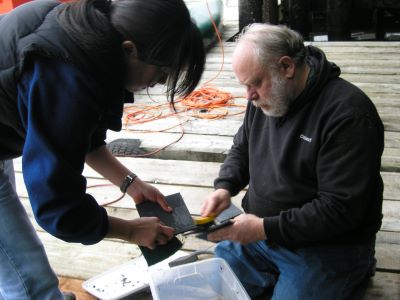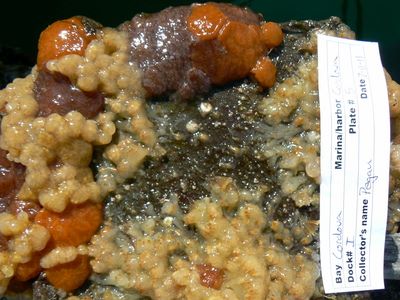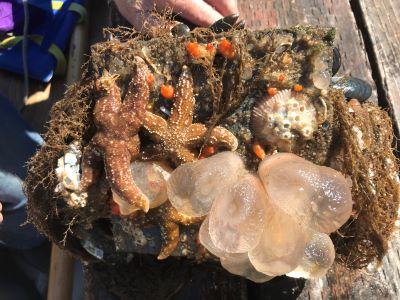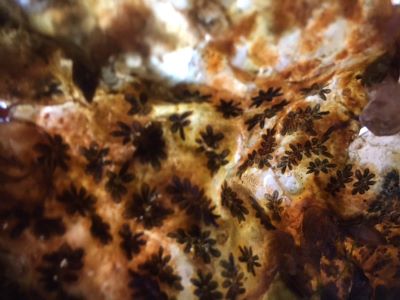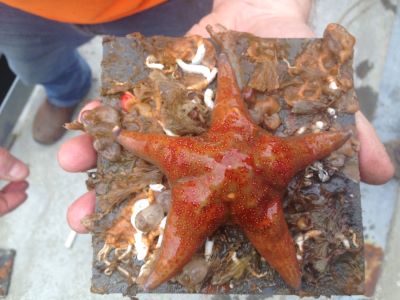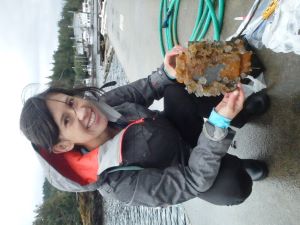Welcome to Plate Watch
We are a group of teachers, students, outdoor enthusiasts, environmental groups and state and federal biologists who are monitoring for non-native marine invertebrates along the U.S. West Coast, with a primary focus on Alaska.
Species of specific interest, or target invasives, are non-native marine invertebrates currently present on the west coast, with the potential for significant impacts in Alaska, including recognizable plants, marco-algae and invertebrates. Through on-line field guides, resources and supportive networks, Invasive Tunicate Network volunteers learn how to identify the target non-native species and can quiz themselves on their knowledge. The Network and website is coordinated by the Smithsonian Environmental Research Center. If you are interested in getting involved, contact the network coordinator, Linda McCann at mccannl@si.edu.
How it Works
The Invasive Tunicate Network utilizes settlement plates to collect target species. Clean PVC plates are deployed from piers and floating docks 1-4 times/year, for 3 – 9 months, retrieved, photographed and specimens of interest are collected and preserved for confirmation by expert taxonomists.Participants also measure water temperature, salinity and turbidity (when possible) and take notes on nearby land and water activities.
For each volunteer, the Invasive Tunicate Network provides an opportunity to learn about collecting scientific data, and the marine invertebrates living in the sea nearby. The network trains volunteers to become stewards of Alaska’s coastal habitats.

